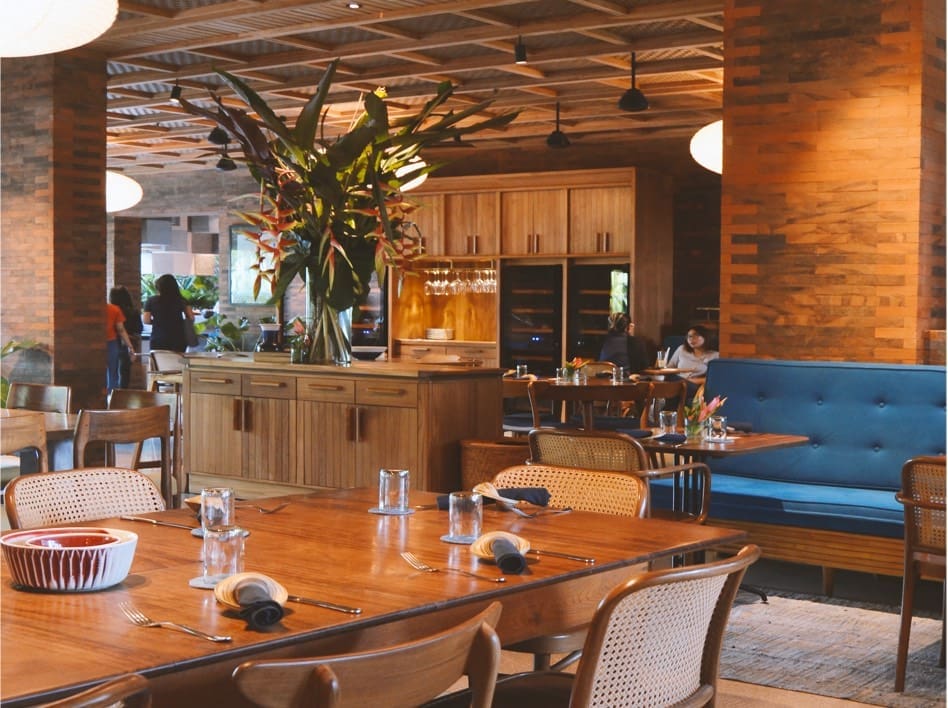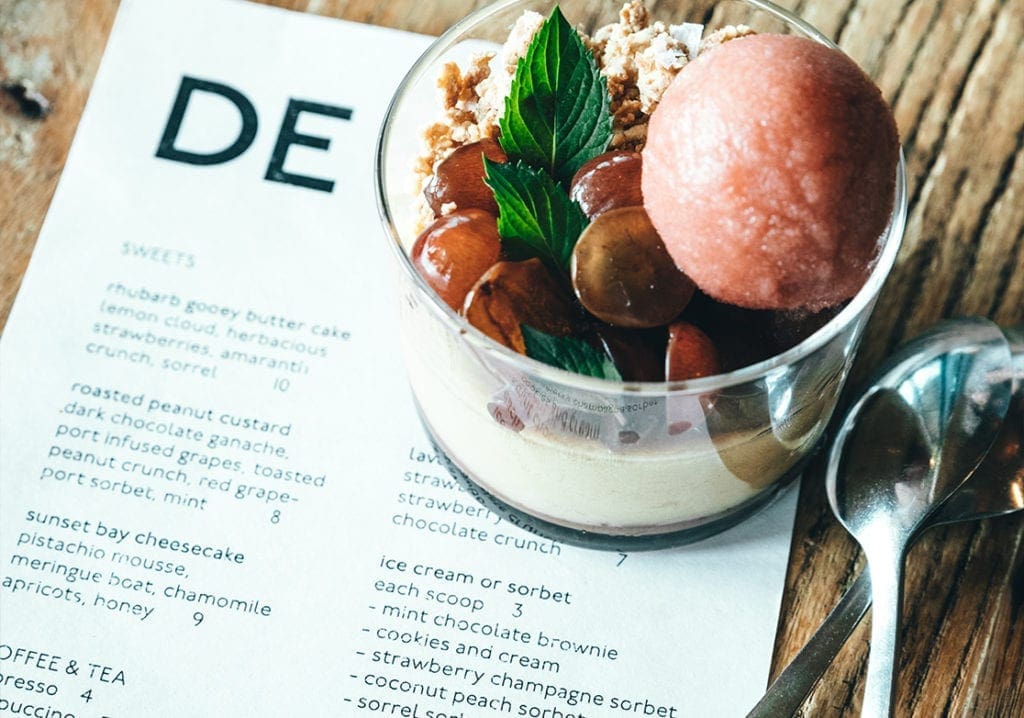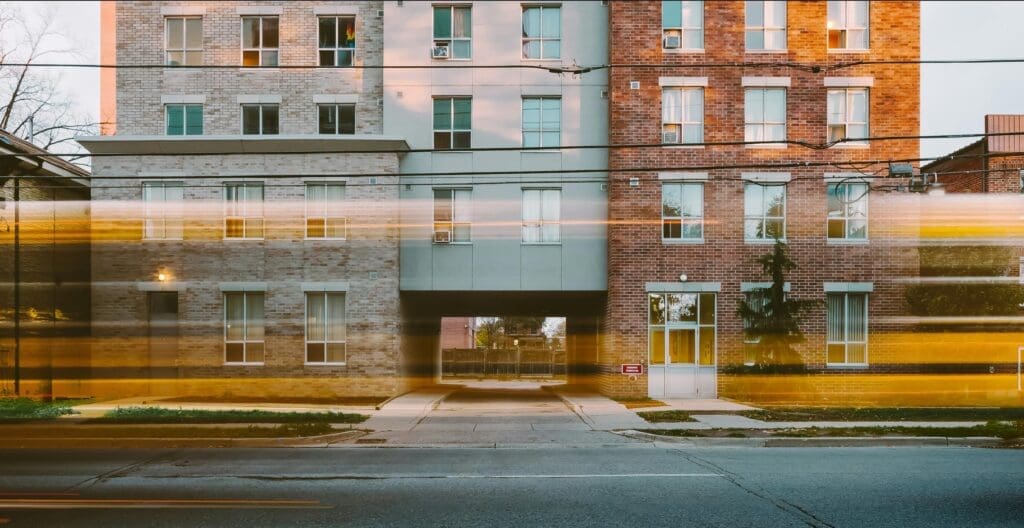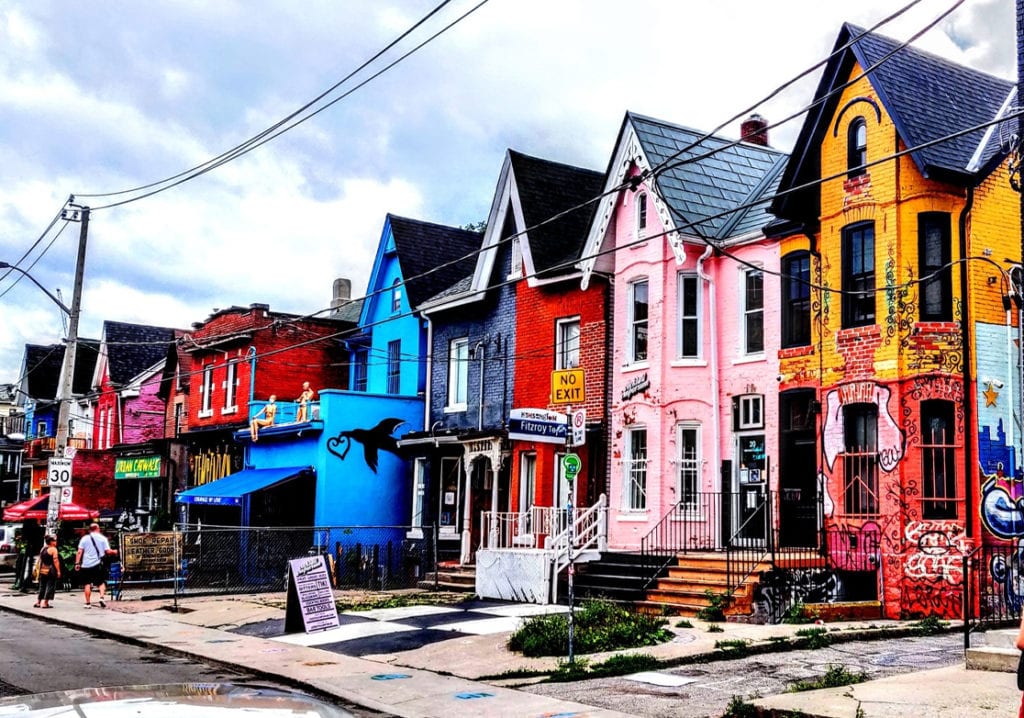There are so many things to consider when you’re opening a restaurant, and one that’s surprisingly complicated is menu pricing. Setting the wrong prices could turn off your potential customers, or lead to lower profits than you deserve. Fortunately, by accounting for the right things, you can help ensure that the numbers you set are the right ones.
Food cost percentage
There’s a common formula in the restaurant industry. The cost of ingredients divided by the amount your food sells for is your food cost percentage. It’s a crucial starting point for menu pricing. Typically, you want to aim for somewhere between 25 to 35 per cent. For example, if you pay $10 for the ingredients for a meal and charge your customers $30 for it, your food cost percentage is 33 per cent.
Gross profit margin
Of course, food cost percentage isn’t the whole story. There are other things to consider, and one of them is your gross profit margin. This ratio indicates how efficient a business is at managing operations. When it comes to menu items, it encourages you to apply other factors involved in producing your food—like labour. Some dishes require significantly more prep time than others, and that has implications for your profits.
Who are your customers
It’s important to keep your customers in mind, too. If you own a burger joint, they’ll likely expect food at a certain price point. If you operate an upscale bistro, you’ll have more leeway when setting prices. Failing to consider your target demographic could sink your business, so keep them in mind at every step. Also, don’t forget to keep an eye on the competition. If there are similar eateries in the area, are they charging lower prices? It’s worth keeping in mind.
Revisit your menu items
Of course, prices don’t stay the same over time. Food costs rise, and the amount you charge for your dishes should too. At least once every year, look at the cost of your ingredients. You can also use this as an opportunity to reassess your current products and suppliers. Are there ways to use more affordable ingredients without sacrificing quality? In some cases, the answer is yes.
While you should put a lot of thought into setting prices, there’s more to menu planning than that. Photos play well for some eateries (think diners). If you plan to include them, using a professional is an absolute must. If you’re opening a fine dining establishment, you’ll want to forgo the images, choose a sophisticated font, and (likely) leave the cents off of your prices.
The bottom line
Restaurant menu pricing may seem small in the grand scheme of things, but it should be far from an afterthought. With a bit of forethought and some strategic decision-making, you can ensure that you get this critical step right!
RAMPING UP TO MAKE YOUR RESTAURANT PURCHASE? REACH OUT TO LEARN HOW I CAN HELP AT EVERY STEP!






